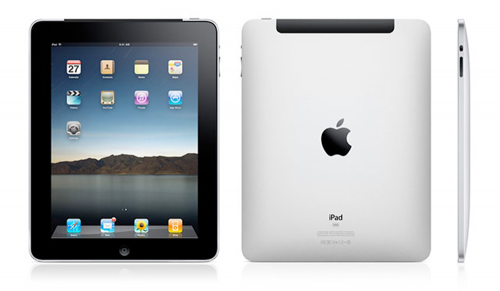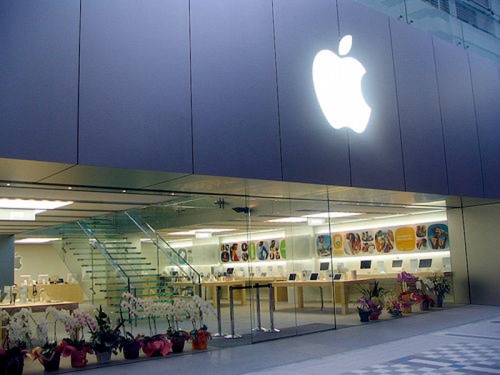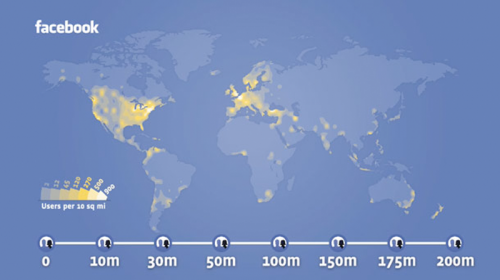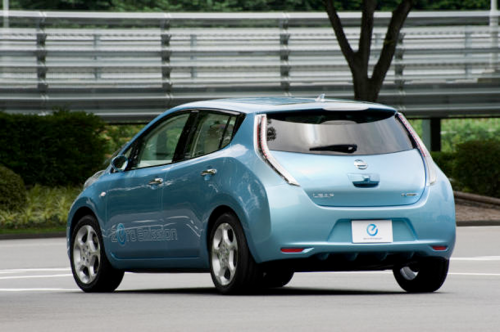
At first glance the Flashkus disposable paper thumb drive looks like a great idea. Equipped with 8 GB, it’s enough space for the files you need for a meeting, and when the meeting is over you can hand over the files or toss the thumb drive away. Need to share files with a co-worker? With a disposable drive you don’t have to worry about keeping track of your drive or when you’ll be getting it back. It also means you don’t have to transfer personal data to another drive first.

However, in a time when disposable goods are generally considered a big no-no, why should a USB drive be spared? Because they’re so small? So are plastic water bottle caps. Art. Lebedev Studio, the Russian design group behind Flashkus doesn’t appear to take a stance one way or the other. In fact, their maze of a website hasn’t even been updated recently enough to include the design, so even if the paper component of Flashkus is recyclable, there’s no word yet on whether the electronic piece is. It’s still too soon to write the design off completely yet, but my inclination is not to trust a design group with a navigationally impaired web site.
designer: lebedev studio

about perrin drumm
 repurposing an icon with the introduction of the domino clock.
repurposing an icon with the introduction of the domino clock.
The Domino Clock takes a simple, iconic object and transforms it into a new way to tell time.
designer: carbon design group
 click on photos to enlarge
click on photos to enlarge
The WEWOOD philosophy may be a bit too touchy-feely (“WEWOOD…respects your skin as you respect nature by choosing it. Your WEWOOD Watch breathes the same air that you breathe and may awaken memories from another time and place. Your WEWOOD Watch records your sensations and shares your experiences as the perfect natural mate, whose story also becomes yours to wear, smell and feel.) but design-wise they’re spot on. With the exception of the gears, WEWOOD watches are made from 100% natural wood. That means the wrist band, the watch face – even the little knob on the side – is made of wood. Using materials in unexpected ways is one of the most exciting and inspirational aspects of design, and WEWOOD, we commend your innovation. What’s more, if you buy a watch they’ll plant a tree as part of WEWOOD’s collaboration with American Forests, America’s oldest nonprofit, responsible for planting 4.8 million trees this year alone. Get good design and feel good about it, too.
[ wewood ]

about perrin drumm

 iPad 2 thinner, faster, lighter.
iPad 2 thinner, faster, lighter.
Case
thinner: 33% – 0.34 inches ( thinner than iPhone 4 )
lighter: 15% – 1.33 pounds
color: black AND now also white
cover: magnetic cover protects screen
Processor
The iPad has an A4 ARM Cortex-A8-based core clocked at 1GHz. It’s a fully-integrated system-on-a-chip (SoC), that was rumored to be manufactured by Samsung for Apple.
The iPad 2 introduces the A5, a dual-core chip based on the new ARM Cortex-A9. The A5 is clocked at 1GHz but as is the way with the dual-core ARM design, there is no added power consumption. Despite running at the same 1GHz clock speed; graphics are nine times faster. Also what’s new is iOS 4.3.
Cameras
Front camera: identical to the front camera on both the iPhone 4 and the fourth-generation iPod touch. Back camera: similar to iPod touch.
Video
With a video adapter, you can mirror the iPad 2’s entire screen on an external display. Anything on your iPad’s display can be mirrored on an HDTV, a video projector, or any other compatible video display using a standard HDMI cable.
Etc..
Has GPS chips and a 3x gyroscope. With the existing accelerometer and compass, the sensor package can figure out where the iPad 2 is heading and how it’s moving. Memory unchanged, 16G, 32G, and 64G. Battery unchanged.
The iPads have sold 15 million to date. Overall tablet sales are predicted to have 80% of the market by year end. Prices unchanged, starting at $499 to $829. Availability March 11, 5 pm. Not sure if 3G will be available.
[
ipad 2 vs ipad]

Record players have a unique position in terms of design. Consumers tend to prefer either a throw-back, retro style or a super high-tech DJ dance club set up. As such, their design has forked into these two categories without much in between. Cue RD Silva’s “Turnstyle,” a new kind of record player that pushes design to the limit by completely doing away with all superfluous materials, including the base, the bulkiest part. It’s simple, refined and elegant in its no-frills approach. Comprised solely of a motor, needle, speakers and controls, “Turnstyle” is as lightweight and transportable as you can get.
Silva breaks down the components of his design:
“As simple as it gets:
The motor that spins the record.
The needle that reads the record.
The speakers that play the audio.
The controls that…control the record. On/Off.”
designer: rd silva

about perrin drumm

Hamburg-based product designer Anne Lorenz was recently at the home interiors conference IMM Cologne 2011 showing off “Home Traveller,” a portable storage device. Constructed from soft, supple leather and measuring 28″ x 24″ x 16″, is “Home Traveller” a clever comment on the size of women’s purses today or a creative and functional piece of furniture? Whatever Lorenz’s intentions, the bag is actually quite practical, sitting on a lightweight wooden base that’s easy to lift and carry, perfect for extra linens or clothing. And it’s a far more striking piece than the ubiquitous storage stool – not that there’s anything wrong with that, but it’s no handbag/storage chest/portable furniture.
designer: anne lorenz

about perrin drumm

i saw this concept bike over a year ago and forgot about it.
it’s simple, innovative, inspiring. glad to see it may happen.
The story…
“The world doesn’t need another bike redesign—the world needs thoughts on simplification, part reduction and greater product life span. Our lives need attention and care, not the objects that serve us.”
The inner city bike was designed by JRUITER + studio as a project asking questions about ultra short inner city travel. What is needed, who is riding, and how far are they going. At first glance it was a fun aesthetic opportunity in new trends, color, and materials. Our target lived / worked in an inner city environment with minimal space. Bicycling at this level can be more about fashion and culture than speed and performance.
The initial inner city bike was inspired by the “hobby horse” from it’s simplicity and the motorcycle cafe racing culture. Each is an exercise in stripping something down to its core. As it evolved, the design triggered a shift in time, spurring the questions, “Is there an opportunity to change a timeless product?” “Can we go back and try something new?”
The inner city bike rethinks what a “frame” is, getting rid of basic key components, and creating a new type of urban bicycling. The inner city bike’s “essentials only” geometry gives new meaning to “less is more.” Sporting a free-wheel rear hub, 36” x 2.25” wheels, 150mm cranks and an 8” front disc brake hub. The riders position is adjustable, offering riders an adaptable, fun ride for those short commutes.
Before all of the bike fanatics get all fired up, we know this bike doesn’t solve everyone’s personal transportation dreams. Consider it a cafe racer with the performance of a beach cruiser. The positives are easy quick turns, huge power to the rear wheel to go over curbs and up hills, and great start / stopping / sitting situations. We rethought everything 2 wheeled with simplicity in mind. This is as stripped as you
can get.”
[inner city bikes]
[joey ruiter]
 omri barzeev’s ‘starlight’ lamp is a perfect example of an interesting new material applied in an unattractive, nonsensical way.
omri barzeev’s ‘starlight’ lamp is a perfect example of an interesting new material applied in an unattractive, nonsensical way.


Kudos to Barzeev for designing a mutable sheet of LED lights that look like stars in the dark, but as for sticking a rectangle of it on a base, that gets a big thumbs down. As it is now, the Starlight lamp looks more like a model for a large-scale application of the LED sheet than a finished product. How cool would this be if it was huge, if it lined the ceiling in a large space, or was mounted against an entire wall? It has a lot of potential that ought not to be restricted to a dinky lamp that looks as if it’s about to totter over. Omri, you’re halfway there, now back to the drawing board!
designer: omri barzeev

about perrin drumm




















